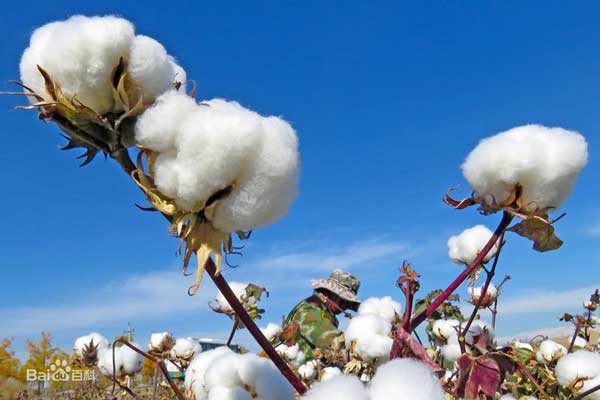Cellulose ether is a type of chemical compound derived from cellulose, a natural polymer found in plants. It is made by chemically modifying cellulose through etherification, which involves replacing the hydroxyl groups of the cellulose molecule with ether groups.


*Source of Cellulose Ether (Raw Material)
*Types of Cellulose Ethers
There are several types of cellulose ethers, each with different chemical structures and properties that make them suitable for different applications. Some common types of cellulose ethers include:
| Classification | Cellulose Ether | Substituents | Abbreviation | ||
| Class of substituents | Single Ether | Alkyl Ether | Methyl Cellulose
Ethye Cellulose Butyl Cellulose |
-CH3
-CH2-CH3 -CH2-CH2-CH2-CH3 |
MC
EC BC |
| Hydroxyl Alkyl Ether | hydroxyethyl cellulose
hydroxy propyl cellulose Dihydroxypropyl cellulose |
-CH2-CH2-OH
-CH2-CHOH-CH3 -CH2CHOH-CH2OH |
HEC
HPC DHPC |
||
| Other | Carboxymethyl cellulose
cyanoethyl cellulose |
-CH2-COONa
-CH2-CH2-CN |
CMC
CNEC |
||
| Complex Ether | Ethyl hydroxyethyl cellulose
hydroxypropyl methyl cellulose Hydroxyethyl carboxymethyl cellulose Hydroxypropyl carboxymethyl cellulose |
-CH2-CH3, -CH2-CH2-OH
-CH2-CH2-OH, -CH3 -CH2-CHOH-CH3, -CH3 -CH2-CH2-OH, -CH2-COONa -CH2-CHOH-CH3, -CH2-COONa |
EHEC
MHEC HPMC HECMC HPCMC |
||
| Ionizing | Ionic Type | CMC, SEC, CEC | |||
| Non-ionic Type | MC, EC, HEC, HPC, DHPC | ||||
| Mixed Type | HECMC, HPCMC | ||||
| Solubility | Water Soluble | MC, HEC, HPC, DHPC, HPMC, HECMC, HPCMC | |||
| Water Insoluble | EC, CNEC | ||||

